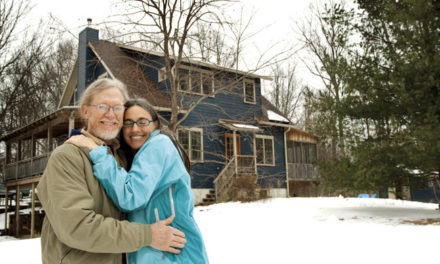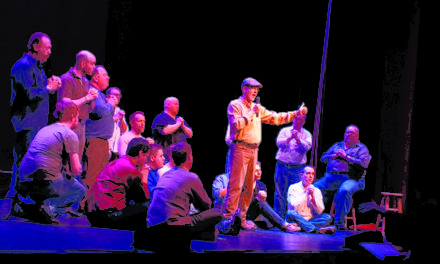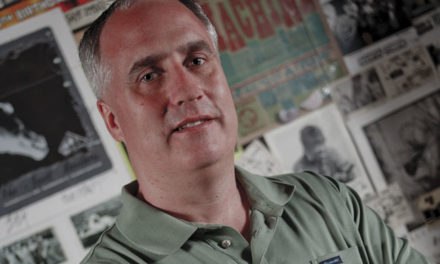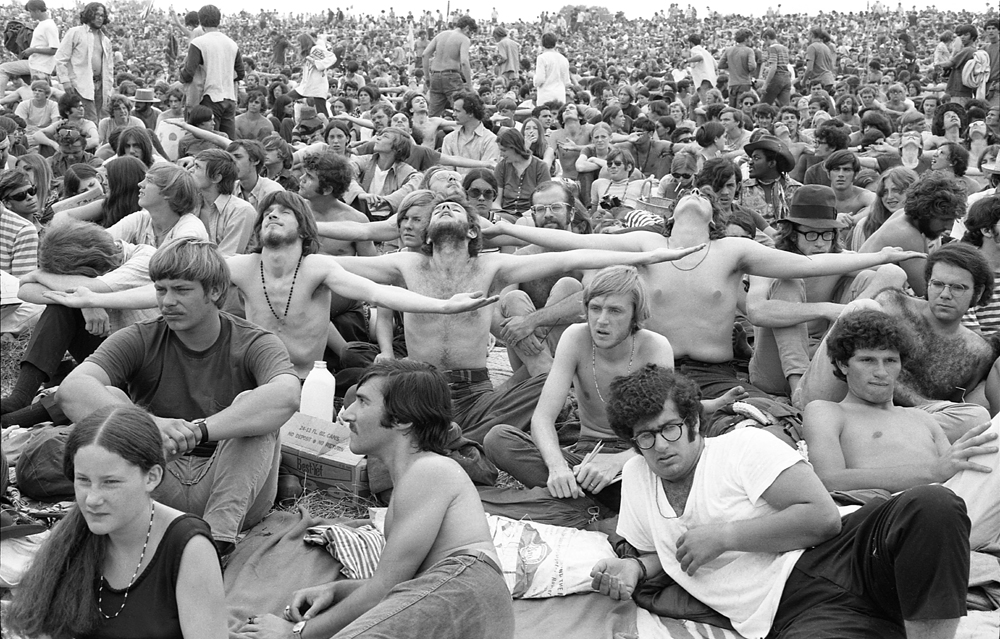
by JULIE GRAY
It’s been 50 years since the Woodstock Music & Art Fair brought 400,000 people together on Max Yasgur’s dairy farm in Bethel, New York. A new book from IU Press, Pilgrims of Woodstock, celebrates the festival’s anniversary by gathering previously unpublished photographs along with the reminiscences of audience members. The book reveals that even during the festival, its participants felt as if they were present for a historic, magical embodiment of a cultural movement.
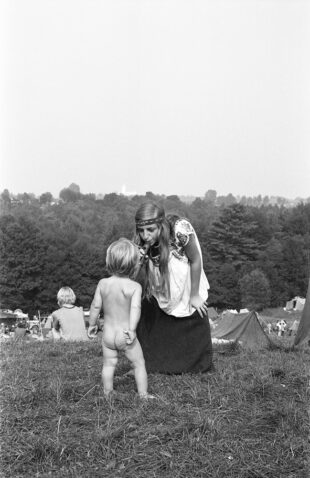
John Kane, who was born a year after Woodstock took place, put the book together after interviewing more than 30 concertgoers. Freelance photographer Richard Bellak, who died in 2015 at the age of 81, attended the concert and took the photos. Pilgrims of Woodstock focuses on the audience, not the performers, because, as one concertgoer reflects, “At Woodstock we were the show. We came with all sorts of diverse ideas and expectations. We were all wet. We were all happy. We were all uncomfortable.”
Organized as a series of reminiscences, each speaker is identified only by his or her first name, age, and hometown at the time of the festival. Though many of their recollections are distinctive, a collective voice emerges, capturing perfectly the harmony that prevailed during those three days in August 1969. No one minimizes the rain, the mud, the hunger, the thirst. Says one audience member, “Everything that could have gone wrong with the production and the planning went wrong. We were so much better off that it did. It was a sense that you are living in the moment.”
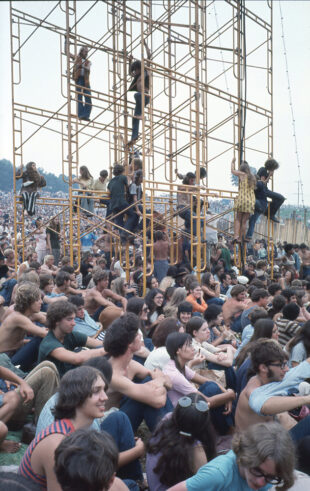
To a person, the participants remember the festival as golden, utopian, even transcendent: “It was a perfect state of chaos because people governed themselves. Everybody just did the right thing because it was the right thing. Woodstock showed a lot of what humanity could be about.”
Idyllic images emerge with crystalline clarity. One person remembers, “The way the hills are in the area, the music echoed up and down the mountains and valleys.” Another person recalls his first sight of the amphitheater: “There were so many colors from clothing that it looked like a bouquet of flowers. You couldn’t really see people as much as colors.”
The book closes, aptly, with a vision. Larry, from Queens, New York, relates that as he was watching Sha Na Na, a white car pulled up and a man leaned out the window, “raised his hand with a peace symbol, yelling, ‘Pilgrims together, on forever.’” It was Jimi Hendrix.



